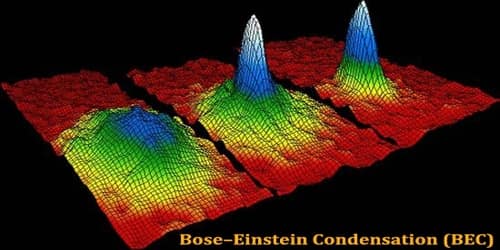Astronomers at the University of Warwick have captured images of the first time a white dwarf star’s surface was struck by fragments from shattered planets. They have employed X-rays to find the rocky and gaseous debris that a planetary system leaves behind after colliding with and being eaten by its main star.
The findings, which were reported today (9 February 2022) in the journal Nature, validate decades of indirect evidence of accretion in more than a thousand stars to date. They represent the first direct measurement of the accretion of rocky material onto a white dwarf. The observed occurrence took place billions of years after the planetary system’s origin.
Most stars, including those like our Sun, will eventually turn into white dwarfs. In our galaxy, approximately 300,000 white dwarf stars have been found, and many of them are thought to be accreting the pieces of planets and other objects that they once orbited.
Astronomers have been measuring the abundances of elements on the surface of stars using spectroscopy at optical and ultraviolet wavelengths for several decades in order to determine the composition of the object the star emerged from.
From spectroscopic measurements, which suggest that 25–50% of white dwarfs have heavy elements such as iron, calcium, and magnesium polluting their atmospheres, astronomers have indirect evidence that these objects are actively accreting. But up until today, astronomers had not observed the material being drawn into the star.
Dr. Tim Cunningham of the University of Warwick Department of Physics said: “We have finally seen material actually entering the star’s atmosphere. It is the first time we’ve been able to derive an accretion rate that doesn’t depend on detailed models of the white dwarf atmosphere. What’s quite remarkable is that it agrees extremely well with what’s been done before.”
“Previously, measurements of accretion rates have used spectroscopy and have been dependent on white dwarf models. These are numerical models that calculate how quickly an element sinks out of the atmosphere into the star, and that tell you how much is falling into the atmosphere as an accretion rate. You can then work backward and work out how much of an element was in the parent body, whether a planet, moon, or asteroid.”
A star that has used up all of its fuel and shed its outer layers, potentially destroying or shifting any orbiting bodies, is known as a white dwarf.
Previously, measurements of accretion rates have used spectroscopy and have been dependent on white dwarf models. These are numerical models that calculate how quickly an element sinks out of the atmosphere into the star, and that tell you how much is falling into the atmosphere as an accretion rate. You can then work backward and work out how much of an element was in the parent body, whether a planet, moon, or asteroid.
Dr. Tim Cunningham
When enough of the material from those bodies is drawn into the star, it slams into the star’s surface and creates a shock-heated plasma. This plasma, which has a temperature of 100,000–1,000,000 kelvin, then settles on the surface and releases detectable X-rays as it cools.
Similar to the light that our eyes can see, X-rays are far more energetic. They are made by electrons that are travelling incredibly quickly (the outer shells of atoms, which make up all the matter around us).
In astronomy, X-rays commonly used in medicine are the essential fingerprint of material falling on unusual objects like black holes and neutron stars. The limited amount of X-rays that reach Earth can get lost among other strong X-ray sources in the sky, making it very difficult to detect them.
In order to analyze the nearby white dwarf G29-38, researchers employed the Chandra X-ray Observatory, which is often used to find X-rays from black holes and neutron stars that are accreting.
Scientists were able to separate the target star from other X-ray sources because to Chandra’s superior angular resolution over other telescopes, and they were able to observe X-rays from an isolated white dwarf for the first time. It supports decades of spectroscopically supported observations of material accreting into white dwarfs.
Dr. Cunningham adds: “What’s really exciting about this result is that we’re working at a different wavelength, X-rays, and that allows us to probe a completely different type of physics.”
“This detection provides the first direct evidence that white dwarfs are currently accreting the remnants of old planetary systems. Probing accretion in this way provides a new technique by which we can study these systems, offering a glimpse into the likely fate of the thousands of known exoplanetary systems, including our own Solar system.”
















